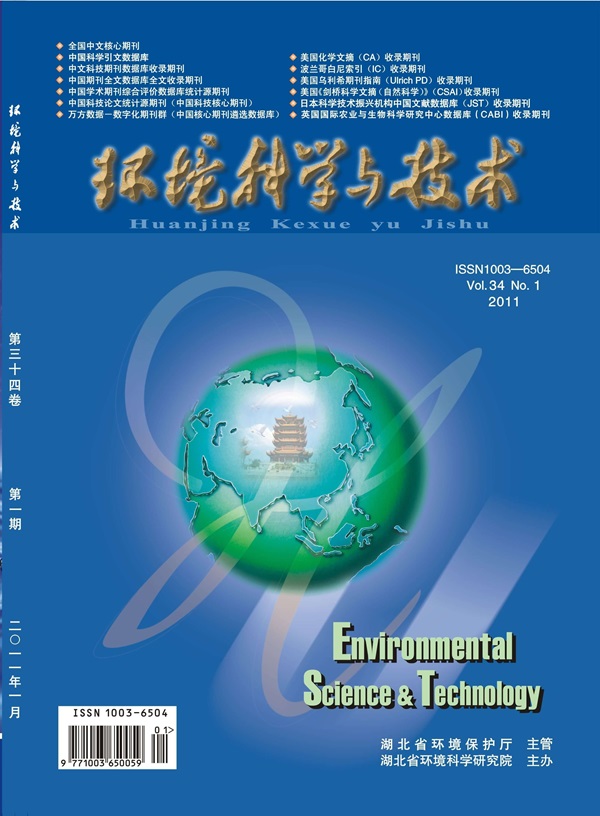Machine Learning-Driven Dynamic Measurement of Environmental Indicators in Multiple Scenes and Multiple Disturbances.
IF 11.3
1区 环境科学与生态学
Q1 ENGINEERING, ENVIRONMENTAL
引用次数: 0
Abstract
Digital city water management systems require extensive data sensing for various environmental indicators, yet measurement accuracy often falls short under diverse extreme conditions. This study proposes a chemical oxygen demand (COD) measurement method based on ultraviolet-visible spectrum analysis and machine learning (ML), taking into account the removal of interferences, including temperature, pH, turbidity, common anions and cations, as well as COD composition and different water environments. The data collected from the river and wastewater were processed through principal component analysis, and random forest (RF) performed the best among the multiclass models with a mean absolute percentage error (MAPE) of only 6.73% for total COD (TCOD), dissolved COD (SCOD), and particulate COD (PCOD). RF has excellent transferability with an average MAPE of 8.17% for TCOD, PCOD, and COD in another real wastewater and river. Interpretability analysis elucidates the mechanism of PCA downscaling on the model. Techno-economic assessment revealed that this method incurs only 60.9% of the costs of laboratory monitoring and 49.3% of the costs of conventional automatic monitoring stations. Life cycle assessment showed that the introduction of ML can reduce environmental impacts by 31.32%. The study concludes with a discussion of the dynamic feasibility of this approach in future urban water systems.多场景、多干扰环境指标的机器学习驱动动态测量。
数字城市水管理系统需要对各种环境指标进行广泛的数据传感,但在各种极端条件下,测量精度往往不足。本研究提出了一种基于紫外可见光谱分析和机器学习(ML)的化学需氧量(COD)测量方法,考虑去除温度、pH、浊度、常见阴离子和阳离子以及COD组成和不同水环境等干扰。通过主成分分析对河流和废水数据进行处理,结果表明随机森林模型在多类模型中表现最好,总COD (TCOD)、溶解COD (SCOD)和颗粒COD (PCOD)的平均绝对百分比误差(MAPE)仅为6.73%。RF对TCOD、PCOD和COD在另一实际废水和河流中的平均MAPE为8.17%,具有良好的可转移性。可解释性分析阐明了主成分分析对模型降尺度的作用机制。技术经济评价表明,该方法的成本仅为实验室监测成本的60.9%,为常规自动监测站成本的49.3%。生命周期评价结果表明,引入机器学习可减少31.32%的环境影响。研究最后讨论了这种方法在未来城市水系中的动态可行性。
本文章由计算机程序翻译,如有差异,请以英文原文为准。
求助全文
约1分钟内获得全文
求助全文
来源期刊

环境科学与技术
环境科学-工程:环境
CiteScore
17.50
自引率
9.60%
发文量
12359
审稿时长
2.8 months
期刊介绍:
Environmental Science & Technology (ES&T) is a co-sponsored academic and technical magazine by the Hubei Provincial Environmental Protection Bureau and the Hubei Provincial Academy of Environmental Sciences.
Environmental Science & Technology (ES&T) holds the status of Chinese core journals, scientific papers source journals of China, Chinese Science Citation Database source journals, and Chinese Academic Journal Comprehensive Evaluation Database source journals. This publication focuses on the academic field of environmental protection, featuring articles related to environmental protection and technical advancements.
 求助内容:
求助内容: 应助结果提醒方式:
应助结果提醒方式:


